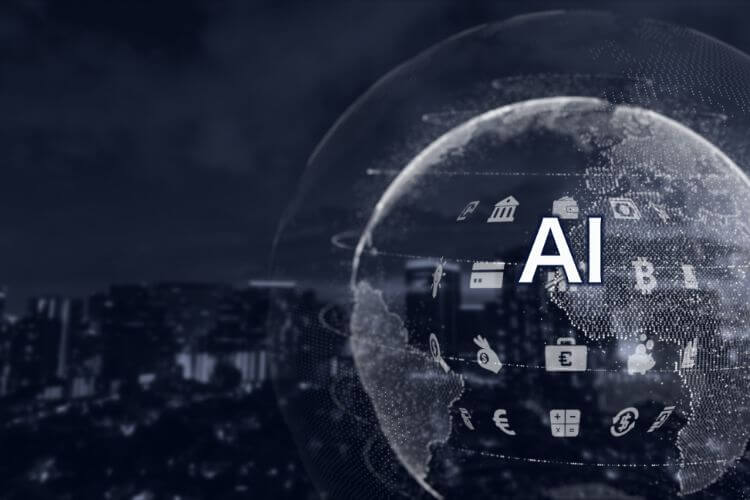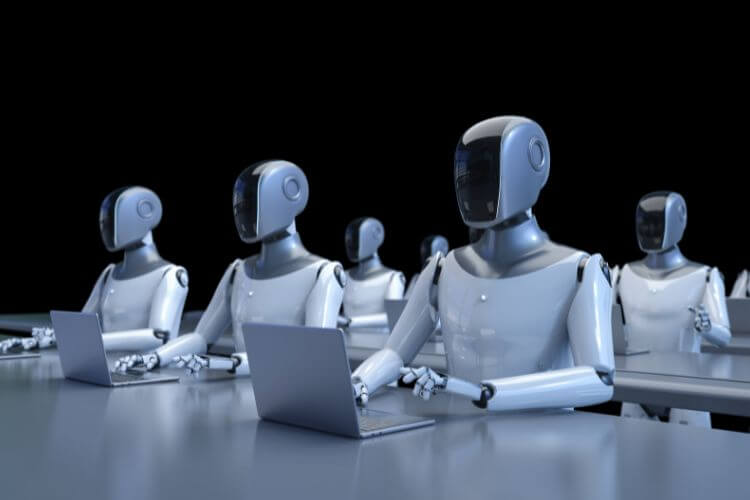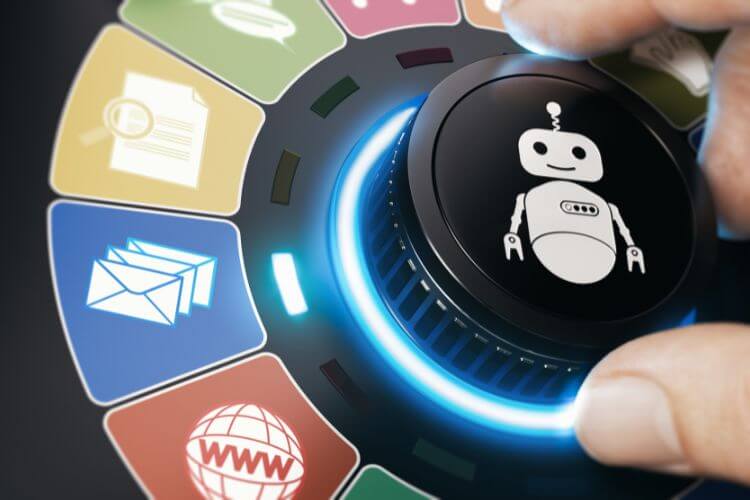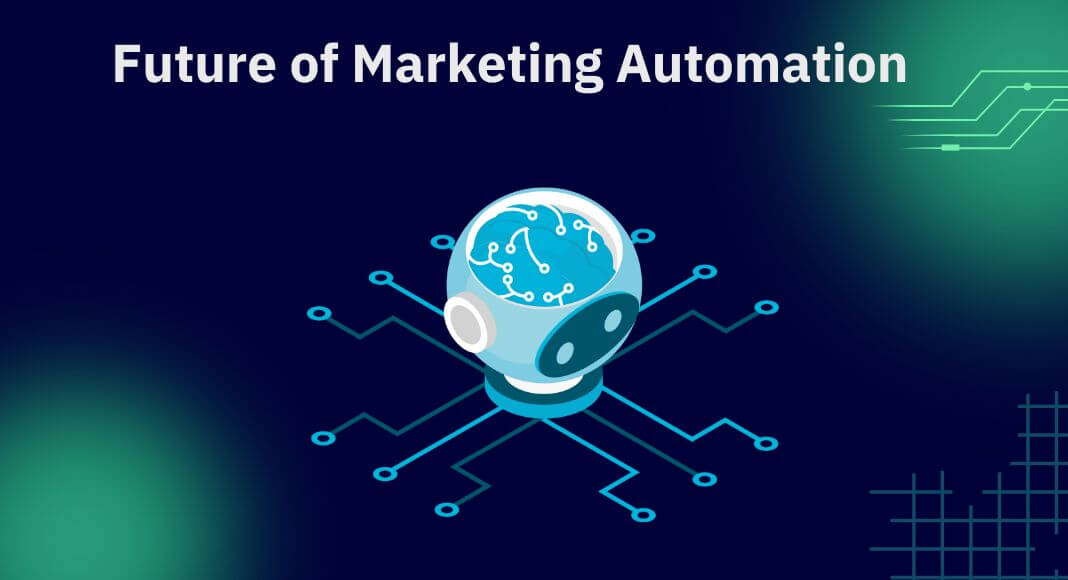Introduction
In today’s rapidly evolving digital marketing landscape, staying ahead of marketing automation trends is crucial. As marketing technology advances, embracing these automation trends is essential for businesses seeking a competitive advantage. By optimizing marketing efforts and enhancing customer engagement through these trends, companies can elevate their strategies and better interact with their audiences.
As Mokshious’ approach mid-2025, the future of marketing automation promises exciting possibilities. Seven key trends are emerging that will shape how businesses automate their marketing processes. These trends include advanced AI-powered personalization, customer journey automation, and the integration of voice search into marketing strategies.
Technical Details and Definitions
What is Marketing Automation?
Marketing automation involves using software and technologies to automate repetitive marketing tasks, streamline workflows, and improve overall efficiency. This enables businesses to focus on strategic planning rather than manual processes. Notable marketing automation tools assist in achieving these goals, allowing companies to manage various marketing channels seamlessly.
The Role of AI and Machine Learning
Advancements in AI and machine learning are revolutionizing marketing automation. AI in Marketing technologies facilitates more personalized and real-time interactions with customers. These technologies help businesses optimize their strategies by analyzing vast amounts of data, predicting customer behavior, and personalizing marketing efforts more effectively.
1. AI-Driven Marketing Automation Trends

Embracing Artificial Intelligence in Marketing
AI, or artificial intelligence, refers to the simulation of human intelligence processes by machines, empowering them to execute tasks typically requiring human cognition. By analyzing massive amounts of data, AI optimizes marketing strategies and anticipates customer behavior, thus transforming customer engagement.
AI-powered personalization allows for real-time content adjustments, providing tailored experiences to customers. Companies utilizing AI report a 50% increase in lead generation, as AI enhances customer interactions and engagement.
Action Steps
- Explore AI-powered marketing automation tools with predictive analytics to enhance customer segmentation.
- Invest in team training to leverage machine learning for data-driven decision-making.
Enhancing Campaigns with Machine Learning
Machine learning is a subset of AI, enabling systems to learn from data, recognize patterns, and make decisions with minimal human intervention. This technology is instrumental in optimizing marketing strategies by analyzing customer data and predicting trends through machine learning algorithms. 10 SaaS Product Marketing Strategies for Software Market can provide further insights into effective machine learning applications in SaaS marketing.
Predictive Analytics in Marketing Automation
Predictive analytics uses historical data to forecast future customer behaviors, improving targeting and personalization. With predictive models, businesses can anticipate customer needs, such as product preferences, leading to enhanced marketing strategies. 5 Automated Marketing Strategies to Supercharge Your Lead Generation offers actionable strategies to leverage predictive analytics effectively.
2. The Future of Customer Journey Automation
Automating the Customer Journey for Seamless Experiences
Customer journey automation involves automating interactions at every touchpoint to provide a seamless and personalized experience. This enhances satisfaction and loyalty by delivering consistent messaging across channels, crucial for maintaining customer engagement.
Action Steps
- Map the customer journey to identify automation opportunities.
- Implement tools to streamline processes, thereby improving the overall customer experience.
Leveraging Predictive Analytics
Through predictive analytics, marketers can use data-driven insights to anticipate customer actions and tailor marketing efforts accordingly. This proactive engagement strategy reduces churn and increases conversion rates by triggering retention campaigns when predictive models indicate potential customer churn.
3. Hyper-Personalization in Digital Marketing

Moving Beyond Traditional Personalization
Hyper-personalization is an advanced marketing strategy that uses AI and real-time data to deliver highly relevant content to individual users. By catering to specific customer needs and preferences, businesses increase customer satisfaction and loyalty.
Personalized emails have been found to deliver 6x higher transaction rates than generic messages. A significant 80% of consumers express a preference for brands offering personalized experiences. This highlights the value of hyper-personalization in marketing strategies.
Action Steps
- Utilize AI to analyze customer data and deliver dynamic content.
- Implement real-time personalization across all marketing channels.
Enhancing Customer Experience
By leveraging customer behavior insights, marketers can tailor interactions and build stronger relationships with customers. AI-powered recommendation engines can suggest products based on browsing history, making the customer experience more engaging and relevant.
4. AI Agentic Marketing Workflows and Agent Swarms
Introduction to AI Agentic Workflows
AI agentic marketing workflows involve systems where autonomous AI agents perform marketing tasks independently to improve efficiency. These agents work collaboratively within agent swarms to optimize complex marketing processes.
Benefits of Agent Swarms
AI agents handling repetitive tasks lead to increased efficiency and scalability. For instance, automated A/B testing managed by AI agents accelerates execution times. Real-time social media engagement through agent swarms enhances interaction with customers.
5. The Rise of AI Chatbots for Automated Customer Engagement

Transforming Customer Service with Chatbots
AI advancements have led to the development of chatbots capable of interacting seamlessly with customers through natural language processing. Modern chatbots enhance user experience by providing instant responses, with an expectation to handle 85% of customer interactions by 2025.
Personalization through Conversational AI
By utilizing data, chatbots personalize conversations, resulting in higher engagement. For example, chatbots can provide product recommendations based on a customer’s previous purchases, further enhancing the customer experience.
Action Steps
- Implement chatbots across customer touchpoints and integrate them with CRM systems for streamlined communication.
6. Voice Search and Automation in Marketing
Adapting to the Era of Voice Search
The emergence of voice search, driven by voice-activated devices, is changing consumer search behavior. This shift necessitates optimizing content for conversational queries and long-tail keywords in SEO strategies.
Integrating Voice with Marketing Automation
By incorporating voice technology into marketing workflows, businesses can create voice-activated campaigns and customer service interactions, optimizing engagement through innovative means.
Action Steps
- Update SEO strategies to include voice search optimization.
- Create content that directly answers queries, improving search engine visibility.
7. Marketing Automation Tools of the Future

Emerging Technologies Shaping the Future
AI and machine learning-enabled platforms offering integrated marketing solutions are reshaping the marketing technology landscape. These platforms focus on seamless integration and user-friendly interfaces, making them appealing to businesses looking to enhance their marketing efforts. 5 Signs Your SaaS Marketing Stack Is Outdated provides insights into evaluating and upgrading your marketing tools.
Preparing for Automation Trends in 2025
Early adopters of emerging technologies often gain a competitive advantage, experiencing higher returns on investment and market share growth. Participating in beta programs for new tools and allocating resources for technology education are essential steps in staying ahead.

Conclusion
As we explore the future of marketing automation, the adoption of these trends is pivotal for enhancing marketing efforts. The integration of AI-powered tools, hyper-personalization, and voice search will significantly impact customer engagement, leading to increased efficiency and higher returns on investment. Embracing innovation is crucial for businesses aiming for success in 2025 and beyond.
By proactively integrating these trends, businesses can secure a competitive edge and thrive in the dynamic world of marketing automation. These trends will not only enhance customer engagement but also optimize marketing strategies for 2025 and beyond.
Schedule a Strategic Marketing Consultation to take the next step towards transforming your marketing efforts.
